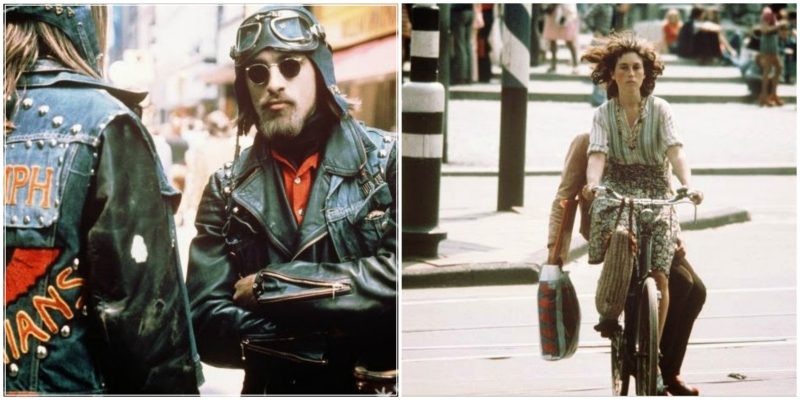This vibrant photo collection of Amsterdam in 1975 was taken by the prolific Dutch photographer Ed van der Elsken.
His images provides, intimate perspectives on the European zeitgeist, spanning the period of the Second World War into the nineteen-seventies in the realms of love, sex, art, music (particularly jazz), and alternative culture. He described his camera as ‘infatuated’, and said: “I’m not a journalist, an objective reporter, I’m a man with likes and dislikes.
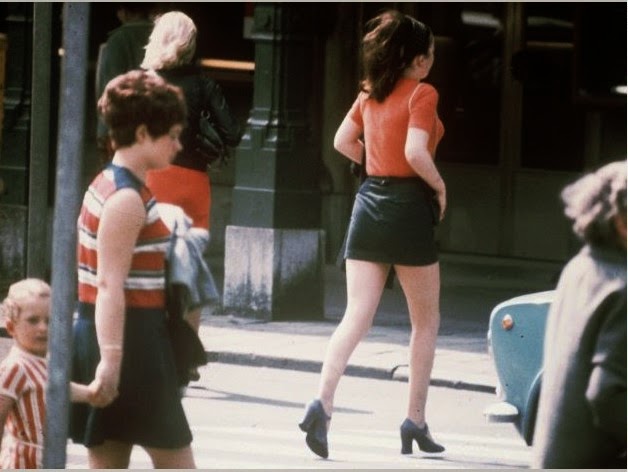
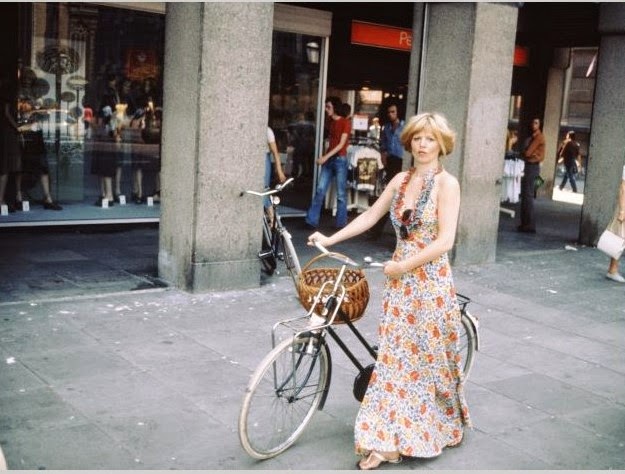
Ed van der Elsken was born on March 10, 1925 in Amsterdam in the Netherlands. In 1937, wanting to become a sculptor, he learned stone-cutting at Amsterdam’s Van Tetterode Steenhouwerij. After completing preliminary studies at Instituut voor Kunstnijverheidsonderwijs, the predecessor of the Rietveld Academy (dir. Mart Stam), he enrolled (in 1944) in the professional sculpture program, which he abandoned to escape Nazi forced labour. That year, after the Battle of Arnhem he was stationed in a mine-disposal unit where he was first shown Picture Post by British soldiers. Later, in 1947, he discovered American sensationalist photographer Weegee’s Naked City. These encounters inspired his interest in photography and that year, he began working in photo sales and attempted a correspondence course with the Fotovakschool in Den Haag, failing the final examination. He subsequently gained membership of the GKf (photographer’s section of the federation of practitioners of the applied arts).
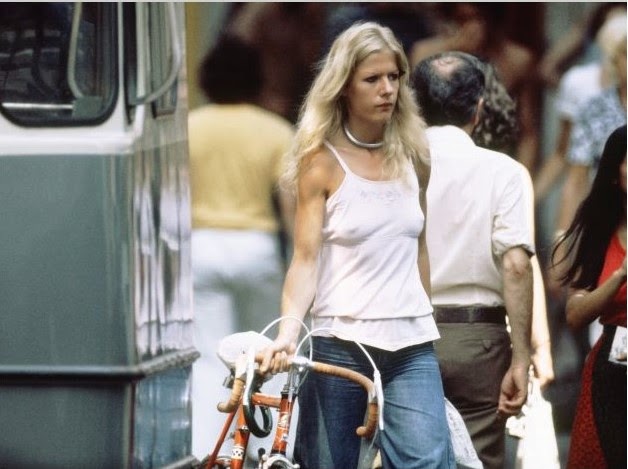
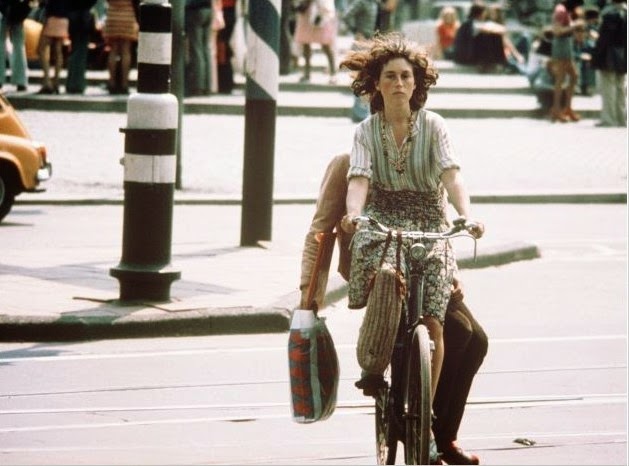
At the suggestion of Dutch photographer Emmy Andriesse (1914–1953) he moved in 1950 to Paris.He was employed in the darkrooms of the Magnum photography agency, printing for Henri Cartier-Bresson (who was impressed with his street photography), Robert Capa and Ernst Haas. There he met (and in 1954 married) fellow photographer Ata Kandó (b. 1913 Budapest, Hungary), twelve years his senior, living with her three children among the ‘ruffians’ and bohemians of Paris from 1950 to 1954.
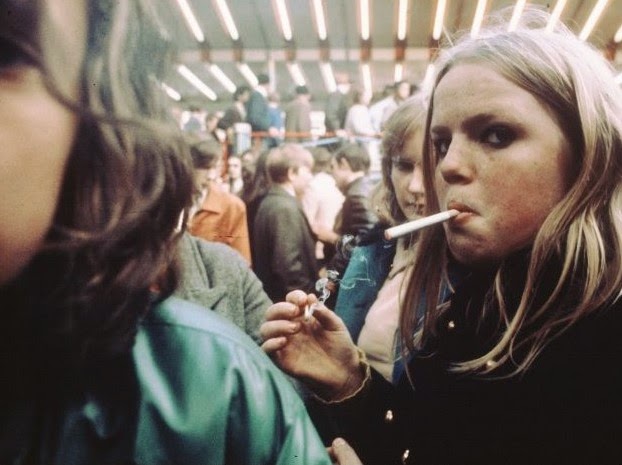
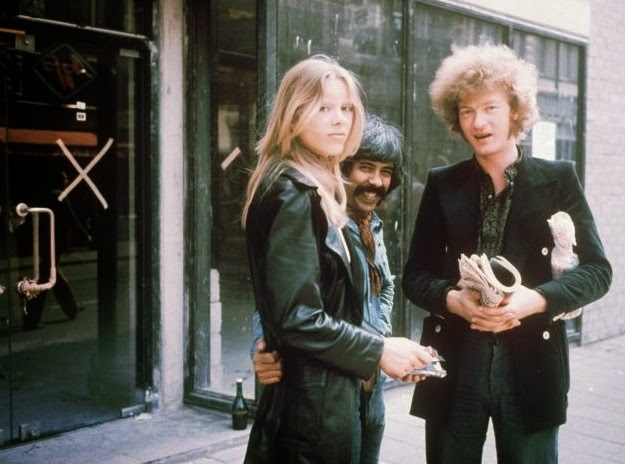
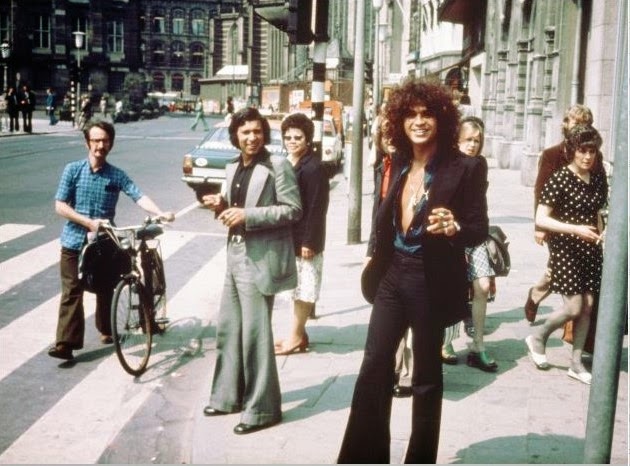
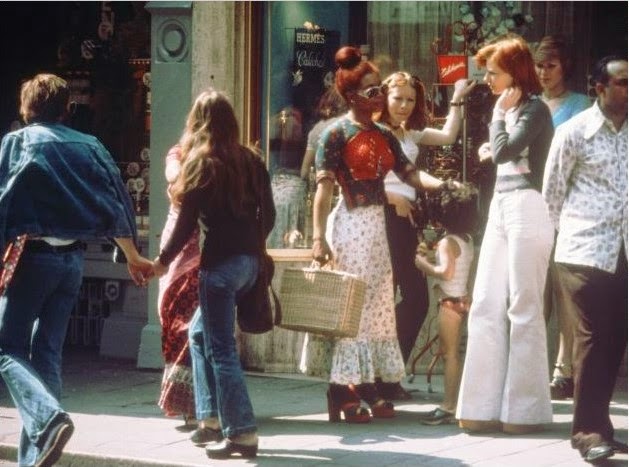
Upon moving back to Amsterdam in 1955, he recorded members of the Dutch avant garde COBRA, including Karel Appel whom he later filmed (Karel Appel, componist korte versie, 1961, 4 min. 16 mm black & white). At this time he separated from and divorced Ata Kando.

He then traveled extensively, to Bagara 1957 (now in Central African Republic), and to Tokyo and Hong Kong in 1959 to 1960, with Gerda van der Veen (1935–2006) also a photographer, whom he married (25 September 1957). He filmed for Welkom In Het Leven, Lieve Kleine the homebirth of their second child, Daan, in the old-fashioned, working-class Nieuwmarkt in Amsterdam. This is an early example of cinema production with a small shoulder-mounted camera synced with sound.He continued in motion imagery his subjective stance in which the camera operator interacts live from behind the camera with subject, eliminating the need for the intrusion of an interviewer or presenter, and recording the immediate experience. His style was immediately influential on the television work of Hans Keller Hans Keller and Roelof Kiers and others.
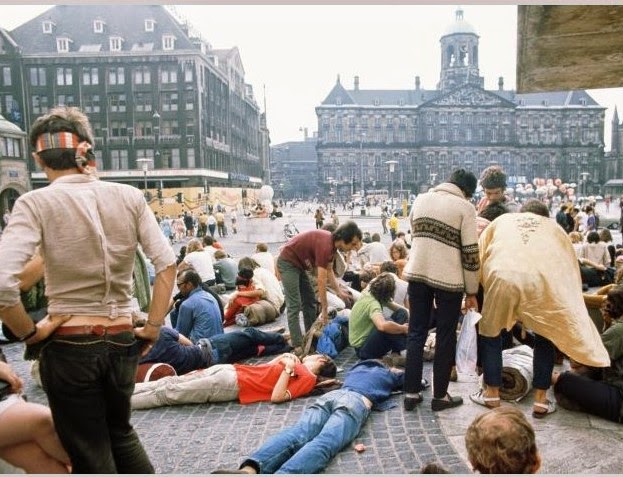
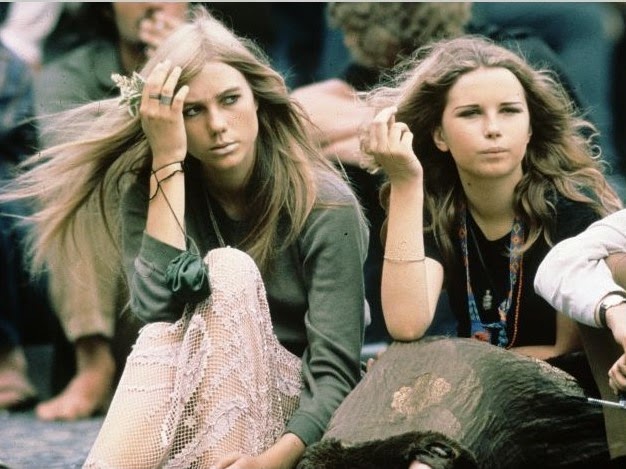
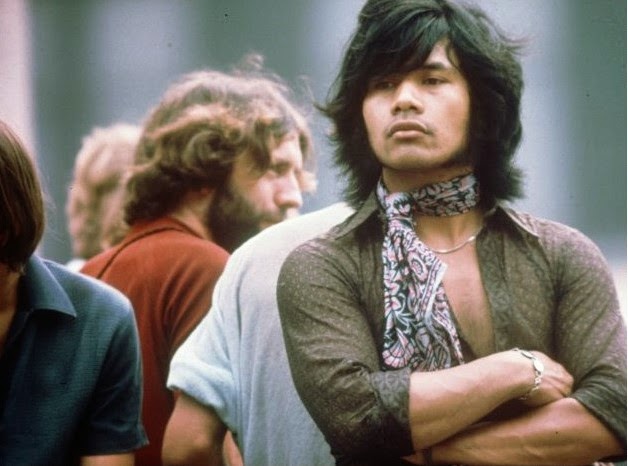
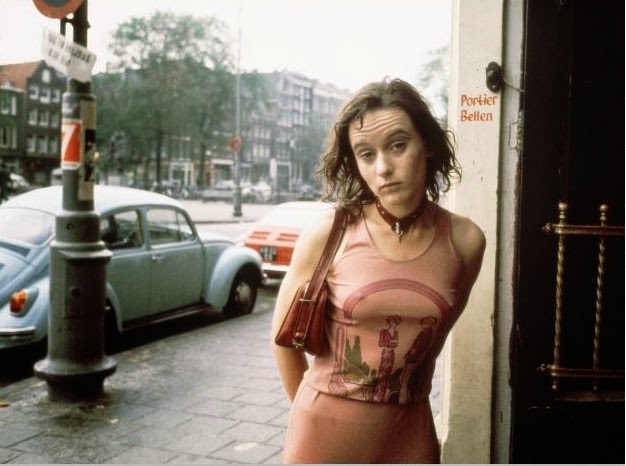
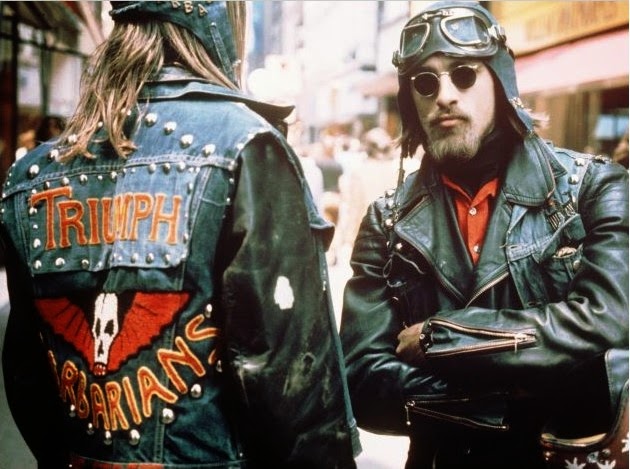
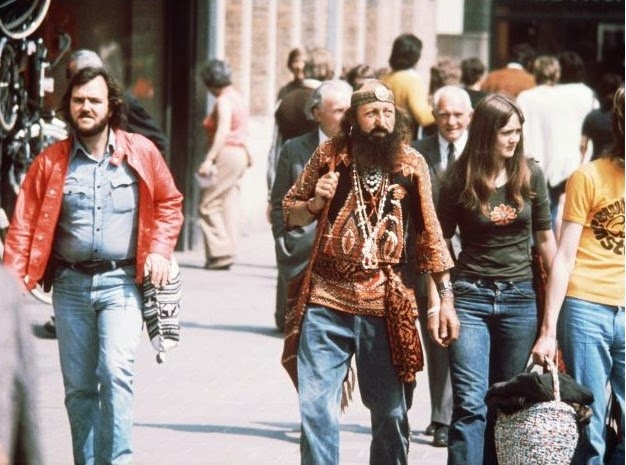
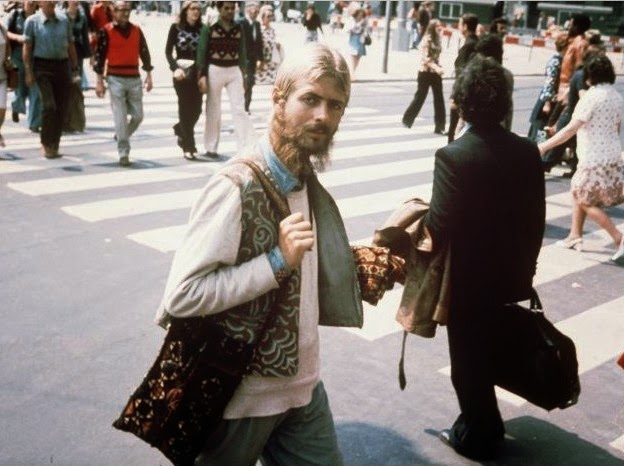
From 1971 he lived with his third wife, photographer Anneke Hilhorst (1949 – ), in the country near Edam, where their son, John, was born. During this period he continued to travel and worked prodigiously between film and photography, producing a further 14 books and broadcasting more than 20 films with the collaboration and assistance of Hillhorst.
His last film was Bye (1990, 1 hour 48 min, video, 16 mm film, colour and black & white) a characteristically courageous autobiographical response to his terminal prostate cancer.He died on 28 December 1990 in Edam in the Netherlands.
Photos by Ed van der Elsken.
